Although many experienced gardeners can spot and remove snail eggs in their beds, springtime infestations are difficult to prevent. However, there are some preventive measures you can take to keep the plants in your vegetable garden from such pest infestations. Otherwise snails can become a nuisance and eat their way through ornamental and salad plants. As a result, all your efforts for a better harvest will have been in vain. To minimize any damage to your vegetable patches, you can consider the following tips and control remedies.
How to identify and remove snail eggs?
To prevent problems from new generations, it is important to first identify nudibranch and garden slug eggs. It is also advisable to learn more about the durability based on their life cycle. This begins when two snails mate to lay a set of eggs. Garden snail eggs develop through fertilization, with most species producing a maximum of 100 of them. However, there are also some that can lay up to 400 eggs. These tiny eggs are mostly hidden beneath the surface in moist garden soil and hatch in about four weeks.
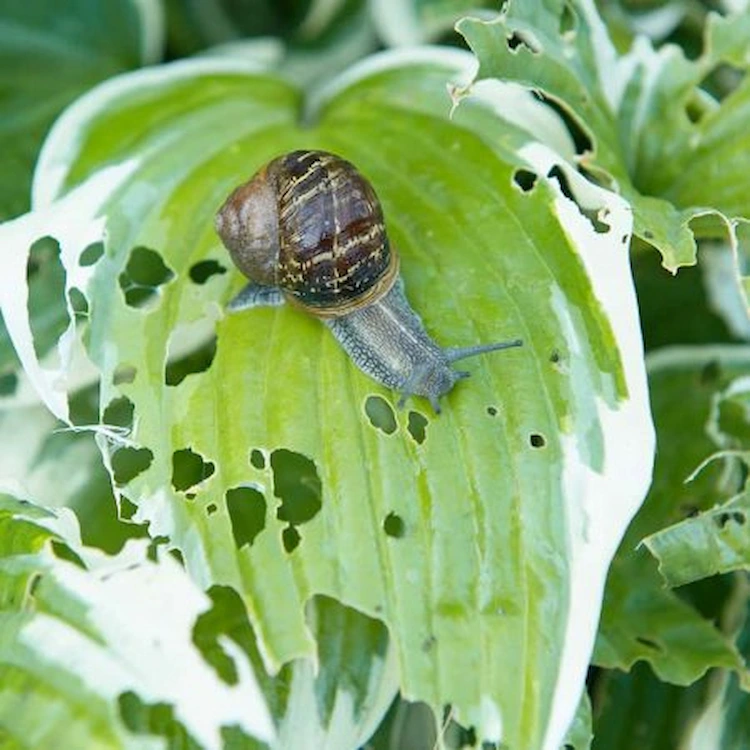
In addition, the diameter of the eggs with the protective viscose shed on them is about 3-6 mm. Although many are washed away by rain or eaten by predators, the number of eggs that reach maturity is large. In addition, snail eggs usually appear as jelly-like clusters on the soil surface. However, they are often covered with fallen leaves or other organic debris.

The slimy substance that coats the eggs is slightly rubbery. In addition, snail eggs do not have a perfect shape and are whitish or mottled and brownish in color, depending on the species of snail. In some cases, slugs also lay their eggs on vegetation, making them just as difficult to spot under plant leaves. Therefore, it would make sense to carefully examine these areas to protect leafy vegetables and other crops from them.
Where can you identify snail eggs?
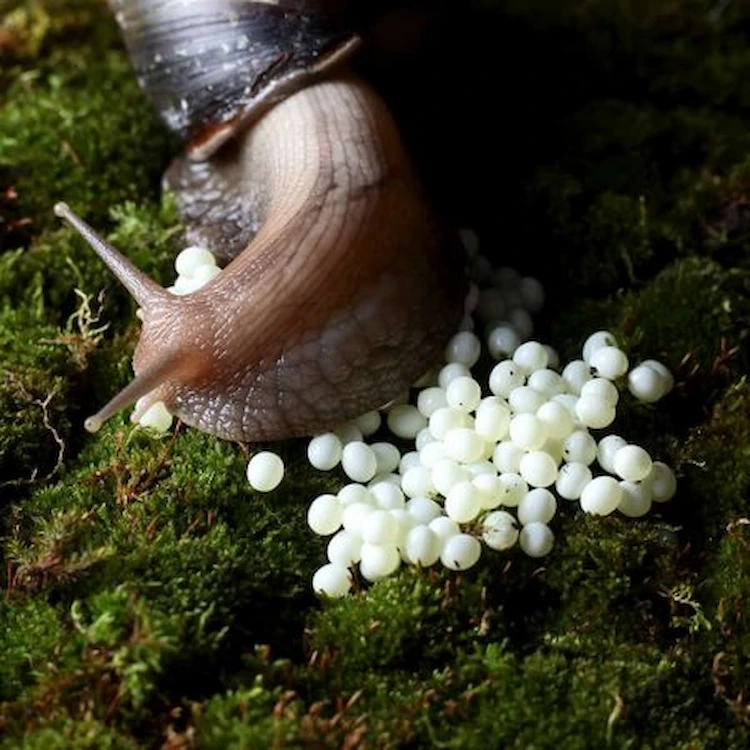
So when looking for snail eggs, look out for brownish-gray and slimy bundles to make them easier to spot. After hatching, the larvae begin feeding immediately and reach adulthood in three to five months. As an aid to identification, you can use a flashlight as a suitable tool.
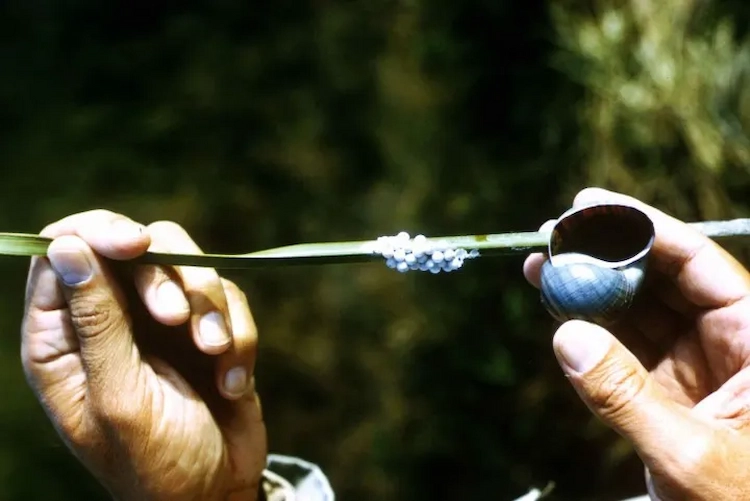
Additionally, it’s important to check under plant leaves as well, as the bunches can stick to almost any surface. Snail eggs can be identified and removed from the garden soil, but this may not be easy if the layer on the soil surface is too thick. Here are some tried and tested methods you can use to make gardening easier for yourself.
Recognize and remove snail eggs with the right steps and tools
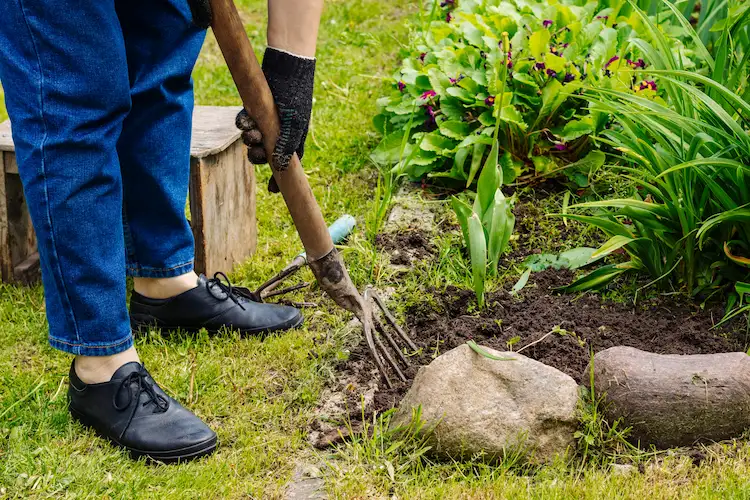
You can start tidying up your garden and the area around your house. While doing so, try to collect accumulated organic matter and wood from the ground. Watch out for objects and dark, damp areas that might give the slimy creatures shelter. You can also rake your garden soil and turn over the soil in little-used areas of the garden.

Although finding the eggs is not an easy task, you can try it by following the steps below. Timely intervention plays a crucial role here, as future populations of snails could have a very negative effect on the fruit or vegetable harvest.
Use common methods in case of pest infestation
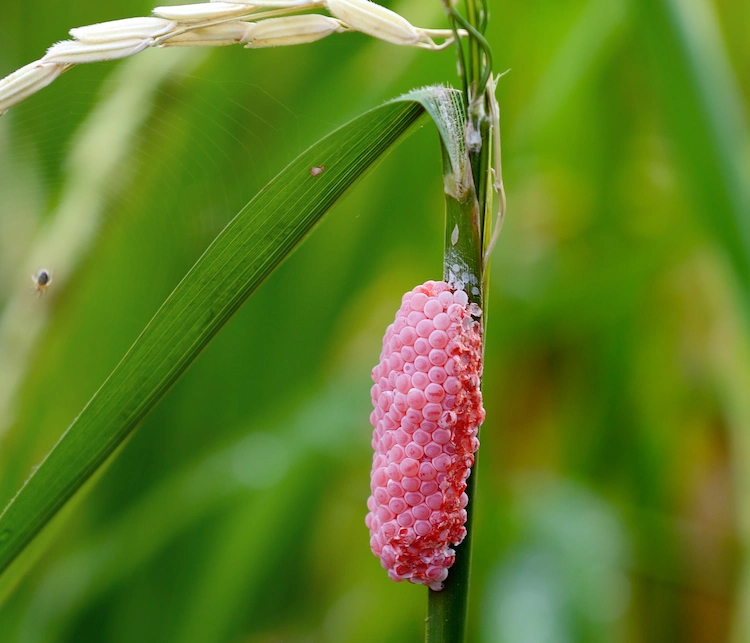
- A solution with salt water or detergent Make – Salt or soapy water can prove to be effective snail egg control agents in the garden. Accordingly, these substances act as natural repellents, although you can also use the solution on unhatched eggs.
- Detect and remove snail eggs by Pick – The more laborious method is to collect the eggs by hand. However, you should definitely wear rubber gloves and never touch the snail eggs with your bare hands. It is best to search under plant leaves and topsoil, as well as in possible hiding places. Once you’ve picked the eggs, you can place them in a covered container and then discard them. Garden snails are nocturnal, so the best time to spot and remove snail eggs is during the day, after nocturnal mating.
- animals as natural enemies of snails Introduce in the garden – Introducing chickens or ducks into your garden beds can limit the population of garden snails. However, you should also take into account that the seedlings of some vegetable plants are just as appetizing for these animal species. You may also allow other natural predators such as rats, snakes, and toads to do the job for you.
- garden floor with Plastikplane Cover – This is a chemical-free and gentle method that uses the sun’s radiant energy to get rid of snail eggs. Try placing a plastic tarp on your garden soil in hot sunlight for about four to six weeks. This warms the soil surface and eliminates the snail eggs. Also try exposing the eggs to sunlight by digging during shallow cultivation and thereby neutralizing them.
- Remove from weeds as possible hiding spots – Deprive slugs of their eventual breeding grounds by weeding lawns and garden floors. You can also look for them under tree bark to be even more effective at spotting and removing snail eggs.
- Cultivation of resistant plant varieties – Sage, rosemary and lavender are not attractive to snails.